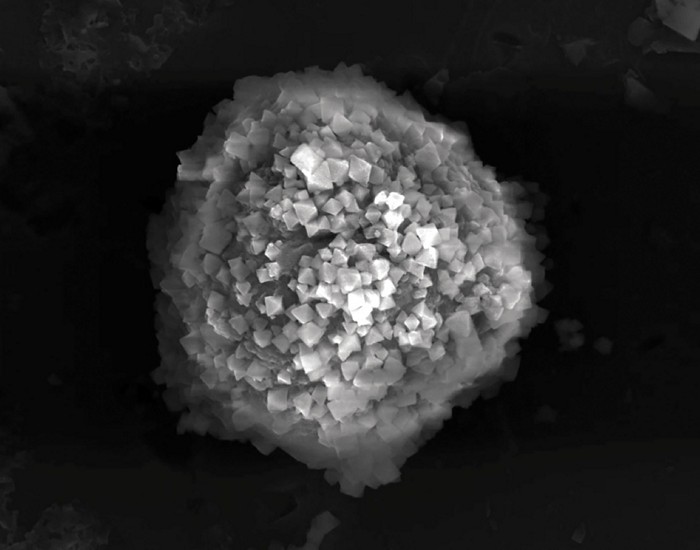To make their first SupraCell, the team mixed HeLa cancer cells with 50-nm-wide particles of a metal-organic framework (MOF) called ZIF-8. They then added tannic acid, which binds to zinc in the MOF, to form a tough network of nanoparticles around each cell in less than 1 min. Over 90% of the cells remained metabolically active, but they were unable to spread or reproduce.
Living cells don nanoparticle armor
May 15, 2019

Move over, Iron Man—now cells have got their own protective suit of armor. By encasing living cells in an exoskeleton of nanoparticles, researchers have imbued them with a range of superpowers, including magnetism, fluorescence, enhanced stiffness, and resistance to harsh chemical conditions (Adv. Mater. 2019, DOI: 10.1002/adma.201900545). These ‘SupraCells’ could eventually help study cell biochemistry or deliver medical therapies, says C. Jeffrey Brinker of the University of New Mexico, part of the team behind the work
